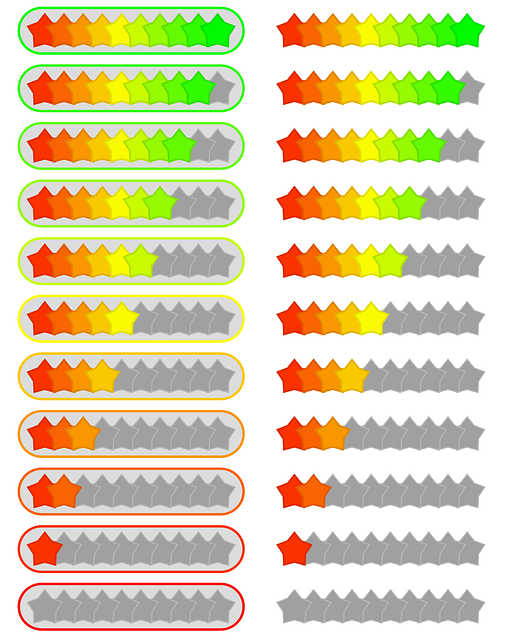How to evaluate digital content
Picture from DavidZydd on pixabay.com Licence: CCO
If you're thinking about buying or subscribing to products or services you've seen, you may wish to use the following checklist to help you make your decision.
Ask the questions below, perhaps on a form devised for the purpose. Better still, use an online survey because then it will be easy to collate the results in the form of a spreadsheet file. Ask other staff and, where appropriate, pupils to do the same. Obtain an evaluation copy if possible, and seek the views of other teachers.
- What is the name of the resource?
- What category does it fall into, e.g. admin, games, a specific skill such as reading?
- Which computer systems will it work on?
- Is it compatible with the school's existing ecosystem?
- Will it require anything more in order for it to work properly, such as extra or faster wireless capacity in the school?
- How much is it?
- Where appropriate, how much is a site licence?
- Is it available for less money, such as through your local authority or multi-academy trust?
- What is the printed documentation like? Will users be able to understand it?
- Is the online help good? Will pupils be able to understand it?
- Do the graphics enhance the program, or distract one’s attention?
- Is the colour scheme too dull, too garish? Is it suitable for sight-impaired pupils?
- Is the layout good, i.e. uncluttered, clear?
- What print options are available?
- How suitable is it for the classes you want it for?
- Does it allow access by people with Special Educational Needs?
- Does it meet the National Curriculum (or other curriculum) requirements?
- Where appropriate, is it suitable for the examination in question, such as SATs?
- Is it suitable for the scheme of work being followed?
- How easy is it to use?
- Does it make good use of technology, or is it rather pointless?
- Will it attract pupils’ interest in the short-term?
- Will it be able to maintain pupils’ interest in the long-term, e.g. through differentiated tasks?
- Is it good value for money, taking into account things like the site licence cost?
- Will it enhance your existing software resources?
Note that most of these questions apply even to free software, because of the opportunity costs involved. Opportunity costs include things like the time taken to install the software, try it out, write guides for it and so on.
This article is an updated version of one that was published in 2009. That, in turn, was an updated version of an article first published in my newsletter in 2004!








Whether you are moving to a new school, or staying where you are, it’s good to stand back and try to gauge what the school’s education technology and Computing are like. Why you would want to do that if taking up a new post is obvious: you want to see how the land lies so that you can start to identify any improvements that could be made.